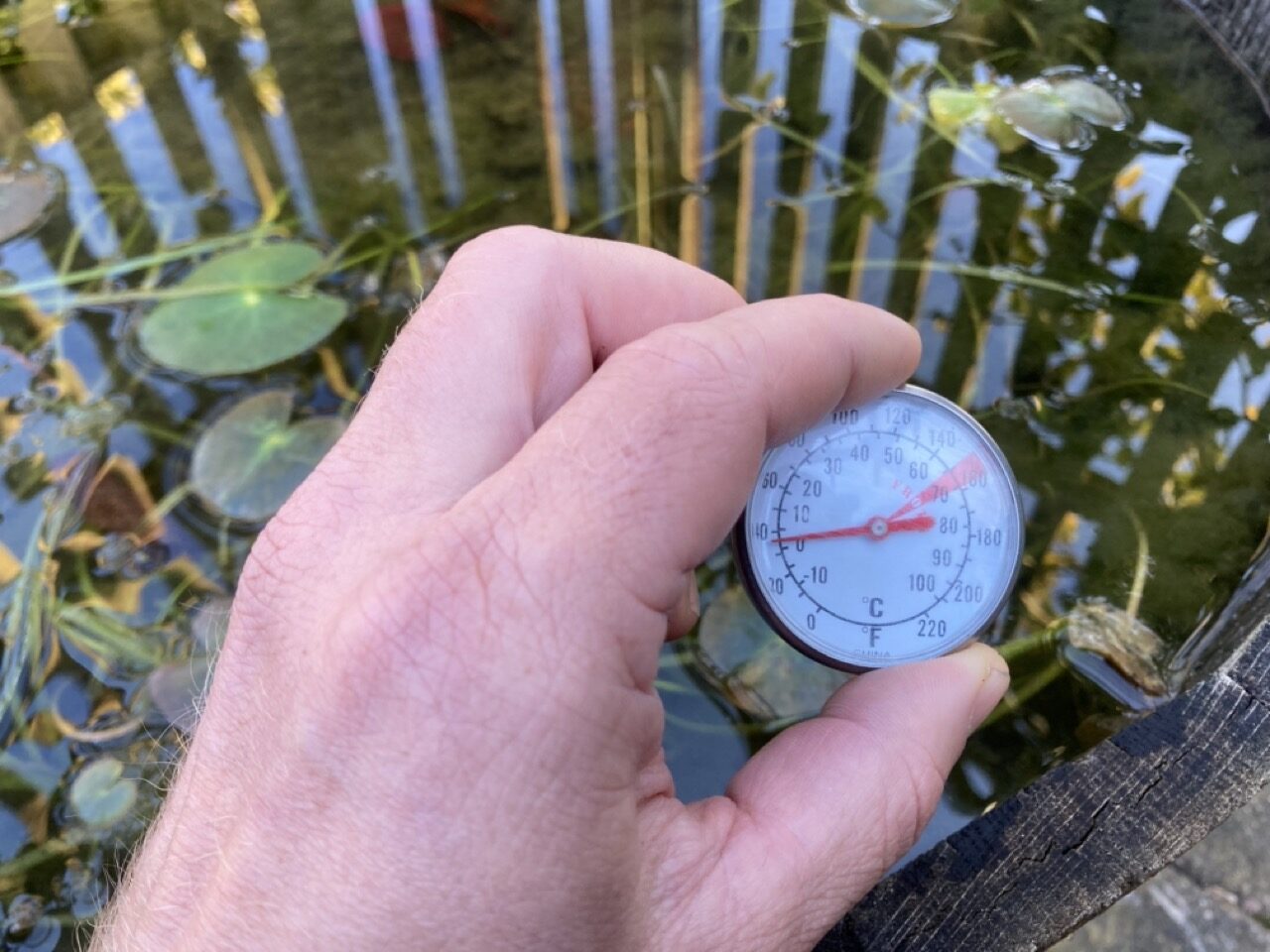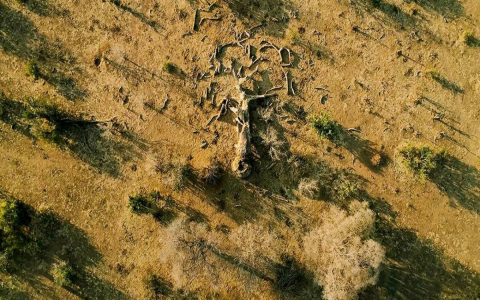Alright, let’s talk about them temperature zones in a pond, you know, like them layers of hot and cold water. It ain’t as simple as you might think, kinda like bakin’ a cake, gotta get the layers right.
First off, you got that top layer, the epilimnion. That’s the sunny part, the warm part. The sun beats down on it all day, makin’ it nice and toasty. It’s like the top of your stove, gets hot real quick. Fish like to hang out here when they want to warm up, especially them little ones. They swim around, lookin’ for bugs and stuff to eat.

- Sun shines bright
- Water gets warm
- Fish swim and play
Then, you got the middle layer, the thermocline. This is where it gets interesting. It’s like a wall, you know? Above it, it’s warm, below it, it’s cold. It ain’t a straight line though, it kinda moves up and down depending on the weather and the time of year. If it’s hot for a long time, the thermocline goes deeper. If it gets cold, it comes up higher. Fish, well, they sometimes hang around here, but mostly they go up or down, dependin’ on what they need. This part, I reckon, is important for keepin’ the pond healthy. It stops the warm and cold water from mixing too much, so things stay kinda settled.
And at the bottom, you got the hypolimnion. That’s the cold part, real cold. Sunlight don’t reach down there much, so it stays chilly all the time. It’s like the bottom of your fridge, where you keep the milk so it don’t go sour. This is where the old leaves and stuff settle down and rot, makin’ it kinda murky. Some fish, they like the cold and dark, so they hang out down there. But most of the action is up top, where the sun is.
Now, why does all this matter? Well, it matters for the fish, for the plants, for everything in the pond. If the temperature changes too much or too fast, it can mess things up. Them fish, they can’t just up and leave, you know? They need the right temperature to survive. If the water gets too warm, there ain’t enough oxygen for them, and they can die. It’s like when you’re cooking and something doesn’t smell right, you know something bad is cooking in your pot. Same goes with the fish and water, if the water’s temperature isn’t right, then bad things could happen. If it gets too cold, same problem. The plants, they need the right temperature too. They need sunlight, and they need the right nutrients. And the bugs, well, they’re part of the whole thing too. Everything’s connected, you see.
And it ain’t just the sun that matters. The wind, the rain, the air temperature, all that stuff plays a part. If it’s windy, it can mix up the water, makin’ the thermocline less strong. If it rains a lot, it can cool down the pond. And if the air temperature changes, well, that changes the water temperature too. Think of it like stirring a big old pot of soup, everything mixes together a bit.
I remember one time, we had this real hot summer, hotter than a pig on a spit. The pond got so warm, the fish started dyin’. It was awful. We lost a lot of good fish that year. And then another time, we had a real cold winter. The pond froze solid, and we thought we lost everything. But come spring, some of the fish came back. They’re tough little critters, you know? They know how to survive, but even they got their limits.
So, keepin’ an eye on the pond temperature is important. You can use a thermometer to check the temperature at different depths. That way, you can see how the layers are doin’. And if somethin’ ain’t right, you can try to fix it. Maybe add some shade, or aerate the water, or somethin’. You gotta take care of the pond, you know? It’s a delicate thing. It’s not just a hole filled with water and some fish swimming around, like some city folks might think. It’s a whole world in there, and it needs our help to stay healthy.
And it ain’t just ponds either. Lakes, rivers, even the ocean, they all got these temperature zones. It’s just nature’s way, I reckon. Everything’s got its place, its own little spot in the world. And them temperature zones, they’re a big part of that. They keep things balanced, keep things alive. So next time you look at a pond, remember them layers, remember that there’s more going on under the surface than you might think. Just like us old folks, we might look simple on the outside, but we got a whole lot of life and stories inside.

And that’s about all I got to say about temperature zones of a pond. Hope it made some sense to ya. It ain’t rocket science, but it’s important all the same.




















